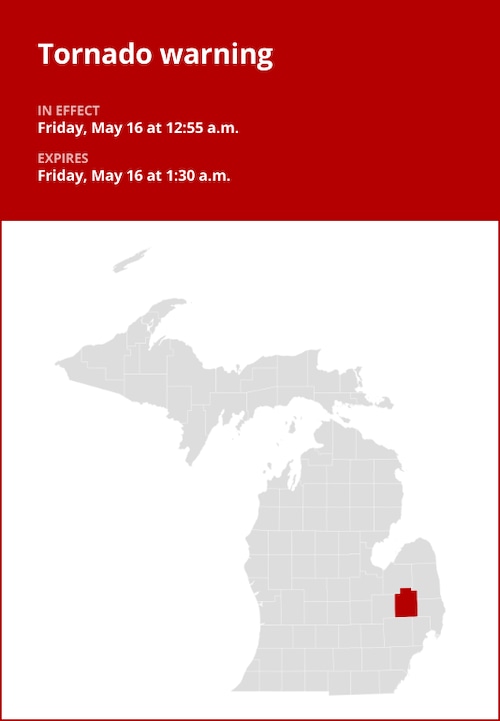Tornado Watch vs Warning: What’s the Difference and How to Stay Safe
Staying safe during severe weather starts with knowing how to interpret weather alerts. When you hear about a tornado watch or warning, do you know what to do? Understanding the difference between a tornado watch vs warning is vital for your safety and your family’s well-being.

Tornado Watch vs Warning: The Key Differences
Tornado Watch:
A tornado watch means that conditions are right for potential tornado formation. The atmosphere may be unstable, and severe thunderstorms could develop tornadoes. However, a tornado hasn’t been spotted yet. Think of a tornado watch as your cue to get ready. Review your emergency plan, check your supplies, and stay updated with local weather alerts. Watches often cover larger areas, sometimes multiple counties or even states, and are issued by the Storm Prediction Center. Learn more about recent watches and their impacts.
Tornado Warning:
A tornado warning means a tornado has either been seen by spotters or detected on radar. This is not the time to wait. Immediate action is necessary: move to a basement or small interior room on the lowest floor, away from windows. Warnings are usually issued for a much smaller area—often just a city or part of one county. Knowing the difference between a tornado watch vs warning can save lives. As detailed in this in-depth report on a recent tornado warning in Michigan, immediate response matters.
What to Do During a Tornado Watch
- Stay Weather-Ready: Monitor local news, forecasts, and NOAA Weather Radio for updates.
- Review Your Safety Plan: Make sure everyone knows the safest place in your home or building.
- Prepare Your Emergency Kit: Have essentials like water, flashlights, and important documents ready.
- Stay Alert: Tornado watches can last for hours. Remain vigilant, and don’t ignore changes in the weather.
How to Respond to a Tornado Warning
- Seek Shelter Immediately: Go to the basement or a safe room. If none is available, choose an interior room on the lowest level.
- Avoid Windows: Flying debris can be deadly.
- Protect Your Head: Use helmets, mattresses, or heavy blankets as extra protection.
- Stay Informed: Keep listening to weather updates, even when you’re in your safe place.
According to the National Weather Service and local dispatch reports, following these steps can help protect lives during a tornado warning.
Tornado Watch vs Warning: Why Understanding Matters
Every year, severe weather threatens communities. Too often, confusion between tornado watches and tornado warnings leads to delayed action and increased risk. A watch is a heads-up to prepare; a warning means the storm is already threatening your area and you must act now.
Staying Informed and Prepared
- Sign Up for Local Alerts: Many communities use sirens and smartphone alerts.
- Practice Drills: Run tornado drills at home and work so everyone knows what to do.
- Help Neighbors: Share what you’ve learned and encourage others to be prepared.
- Reinforce Your Safe Room: Consider additional fortification for increased protection. More safety tips here.
Conclusion: Be Weather-Ready, Not Weather-Scared
Knowing the key points of tornado watch vs warning will help you take the right actions when seconds count. Prepare in advance, stay alert during a watch, and act fast during a warning to protect yourself and your loved ones. For up-to-date severe weather information and safety maps, visit the Weather Channel’s tracker. Stay safe, stay informed!